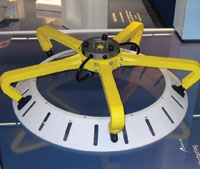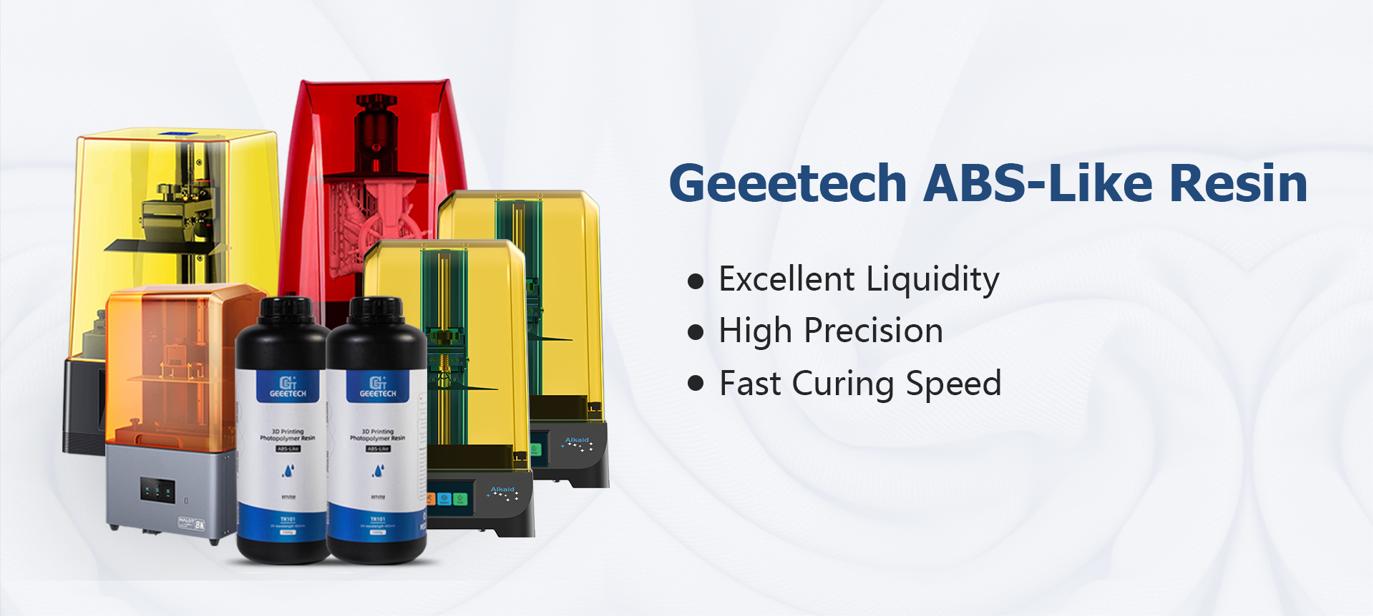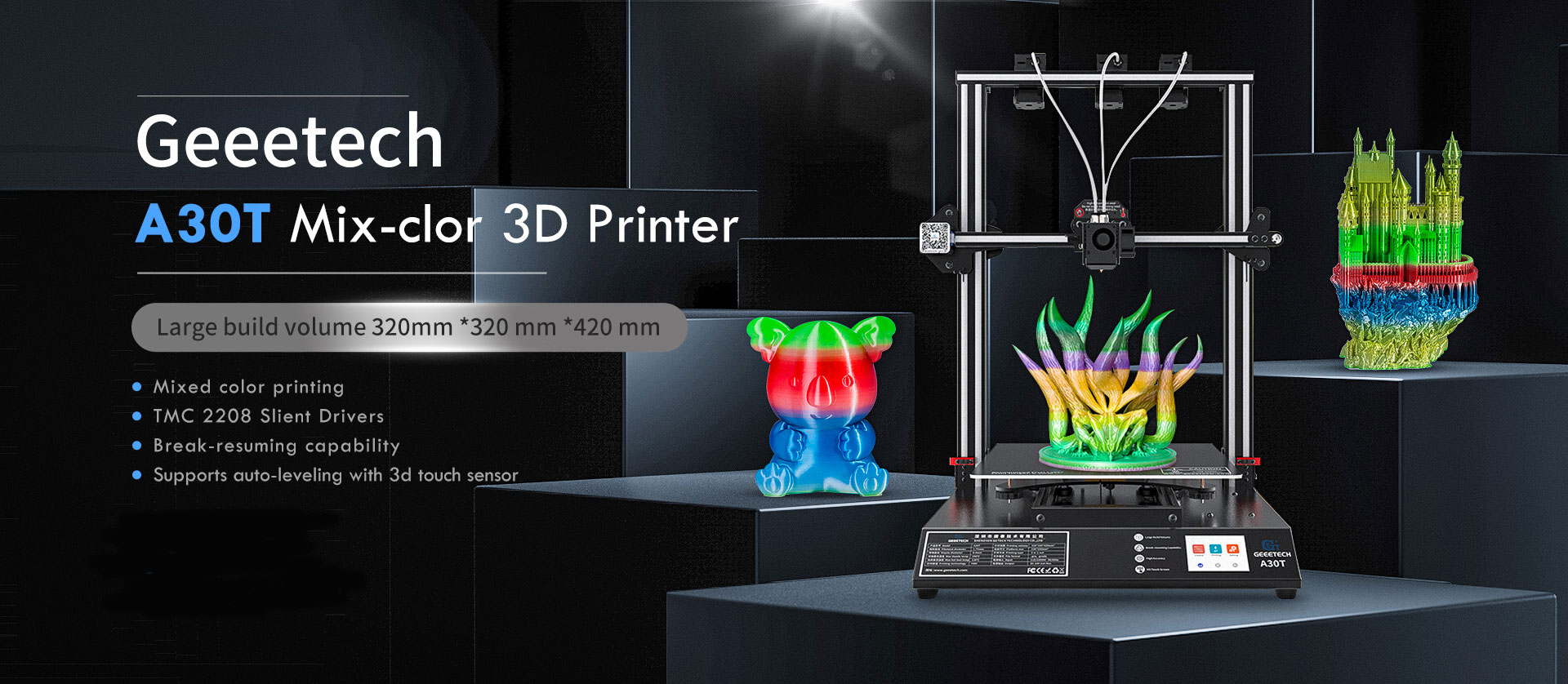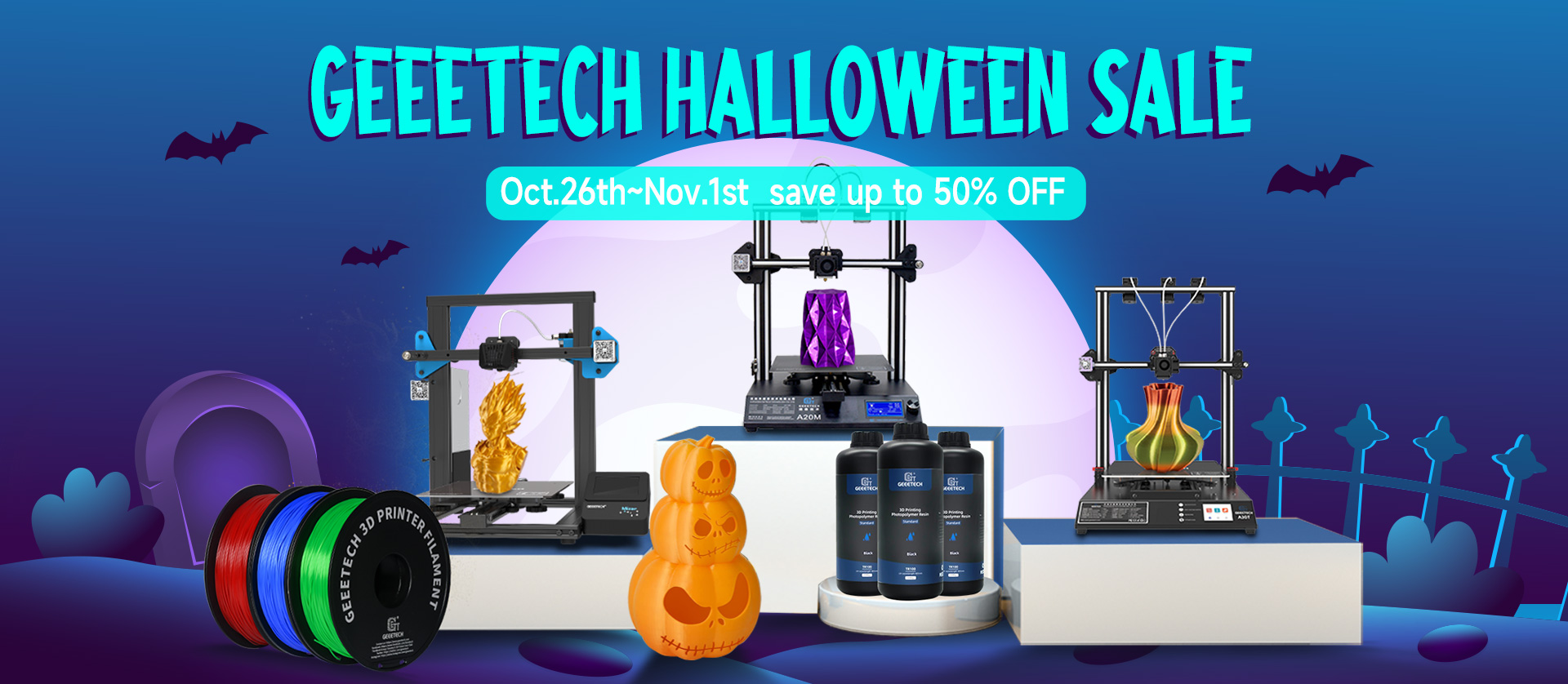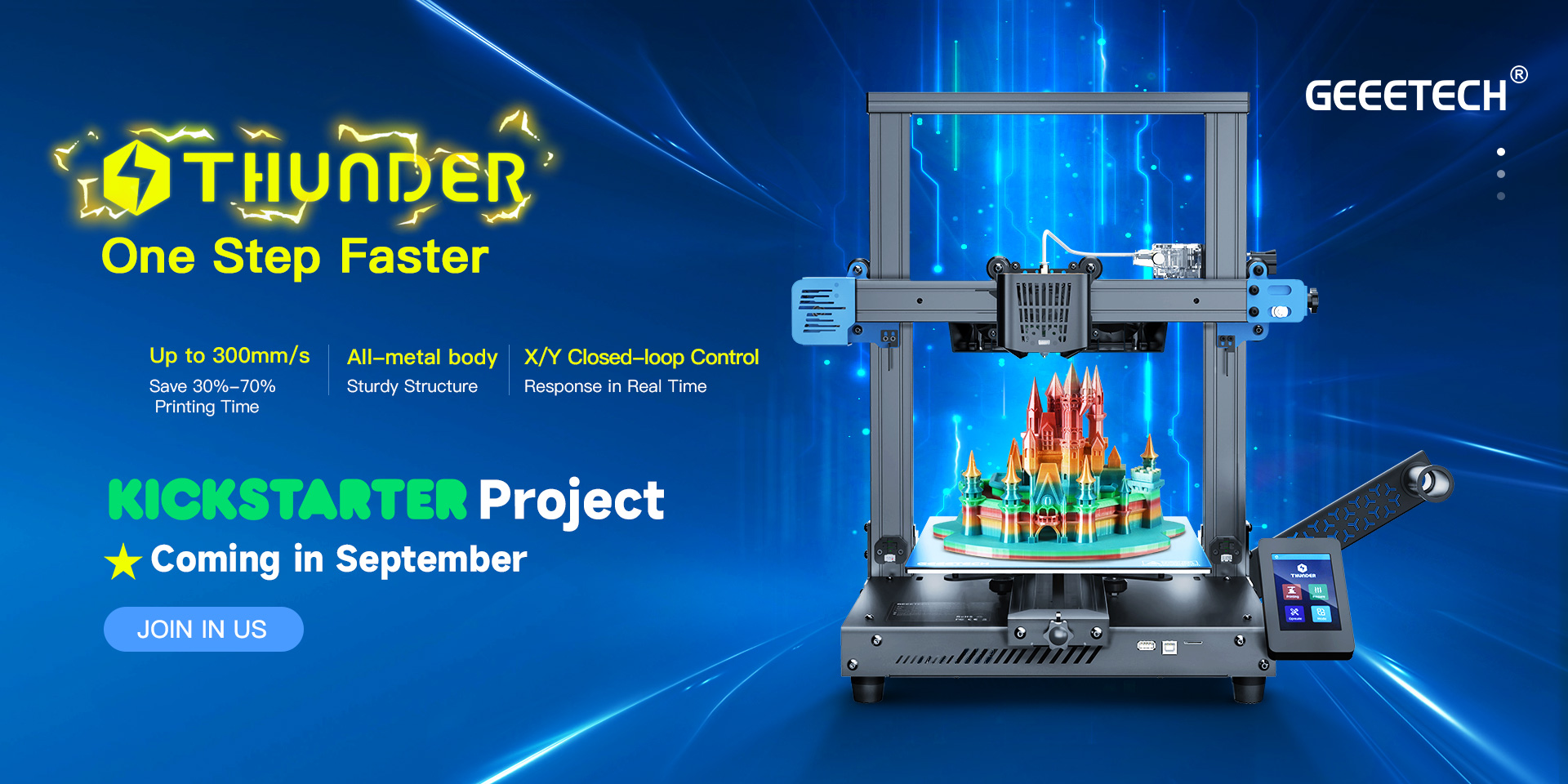Digital Mechanics AB of Sweden combines its design and engineering experience with rapid prototyping technology to tackle challenging projects. Often the work demands more than a prototype. Recently, an injection molding customer asked Digital Mechanics to redesign a robotic gripper. After evaluating the project, the company turned to 3D printing – using direct digital manufacturing (DDM) – to produce the gripper.
The gripper is used to hold and transfer conical parts with diameters ranging from 15 to 19 inches (400 to 500 mm). Its vacuum hoses were causing problems in the automated factory and were the reason behind the design.
“Robots were literally tripping over the gripper’s external hoses, slowing production and causing breakdowns,” says Digital Mechanics Managing Director Fredrik Finnberg.
To eliminate the vacuum hoses, Digital Mechanics designed gripper arms with internal vacuum channels. However, this design would be costly to produce with traditional machining. But the designers had another plan — to use the Fortus 3D Production System and FDM 3D printing technologyfor both prototyping and manufacturing of the revised gripper. Because FDM is an additive fabrication process, it would be easy to produce the internal vacuum channels.
When this approach was proposed, the client agreed to test the design with FDM 3D printed parts. It also agreed that successful testing would give them the confidence to use FDM for manufacturing of the production unit. Blurring the lines between prototyping and manufacturing, the prototype would actually become the end product if the design worked as planned.
Digital Mechanics used its Fortus to manufacture all of the rigid, plastic parts for the gripper.
“Direct digital manufacturing simplified the testing and building process,” said Finnberg. “We were able to accomplish in days, from start to finish, what would have taken months if we didn’t have the [Fortus] machine.”
The functional tests validated the hoseless design, demonstrating that the channels provided sufficient vacuum to lift and transfer the conical parts.
“We knew from past projects that the [Fortus] machine was up to the job and would result in an accurate, functioning unit,” says Finnberg. “The successful tests gave our client the confidence to use the units in production. And the hoseless gripper has now replaced the old model on the automated factory floor.”
“Our customer was happy with the results, and the gripper is now saving them time, allowing them to produce more in the same time span,” Finnberg says.

